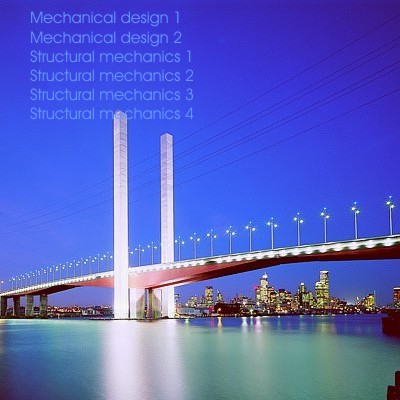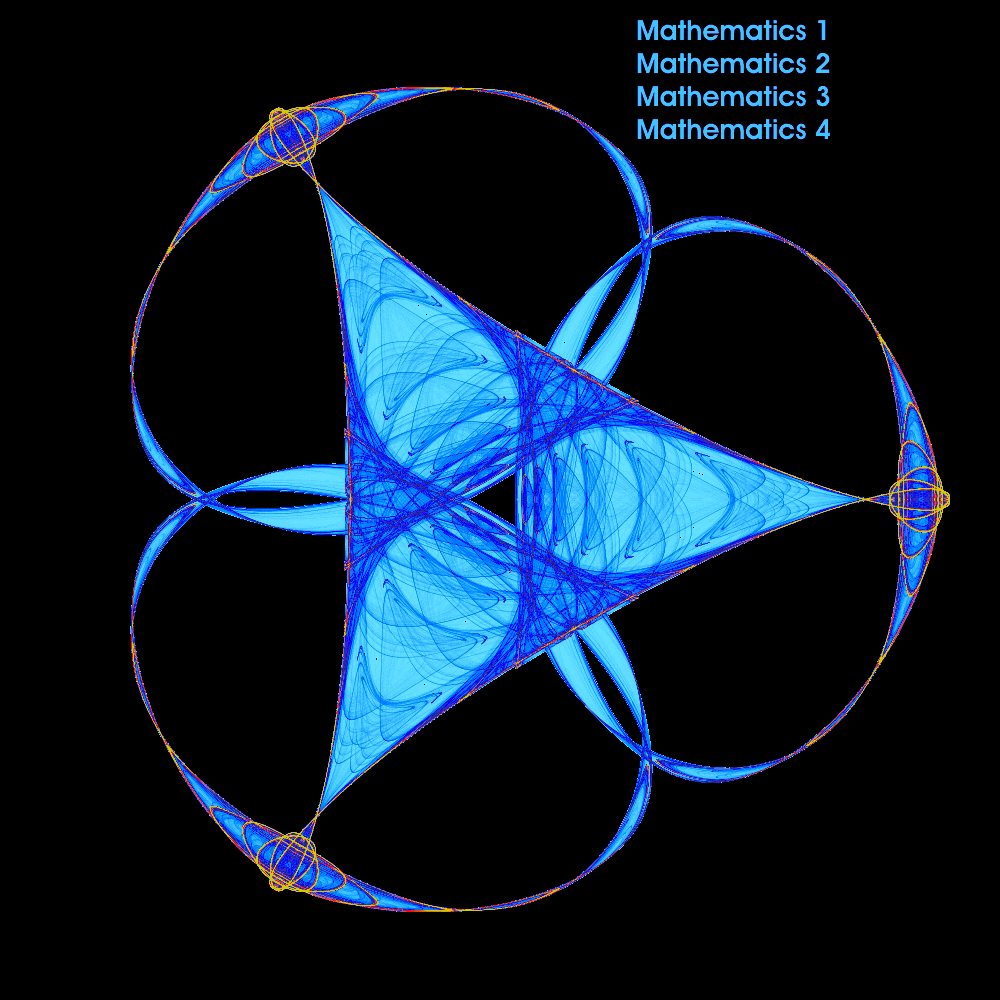|

MATHEMATICS I
Determinants; complex numbers; vectors; co-ordinate geometry; calculus;
numerical methods, particle kinematics and dynamics.
MATHEMATICS I1
Partial differentiation; hyperbolic functions; further methods of integration;
sequences and series; differential equations; vectors; motion of a
particle in three dimensions, numerical methods continued.
MATHEMATICS I11
Section A. Polar specifications of curves; Laplace transforms in the
solution of differential equations; matrices; Fourier series; numerical
methods continued; statistical melhods; programming.
Section B. Dynamics.
Section C. Boolean Algebra; further differential equations.
Section D. Curvature; application of polars; equations of planes; lines
and simple surfaces; beams.
Note: Candidates for the examinations will be required to answer
questions from Part A and from one of Parts B, C or D.
MATHEMATICS IV
Students will take four of the nine topics listed.
Ordinary differential equations. Functions of more than one variable.
Functions of complex variables. Matrices. Vector methods. Vibrations.
Statistics. Linear programming. Operational research.
Note: This subject is an elective.
MATRICULATION ENGLISH EXPRESSION
The development of clear, correct English and critical thinking, and the
cultivation of a wider, deeper view of life through reading carefully
selected texts.
MECHANICAL DESIGN I
Theories of ~tatlc failure, stress concentration, fatigue, notch sensitivity,
eccentrically loaded joints, preloaded bolted joints, shafts of noncircular
cross section, shafts and keys, couplings, selection of straight spur
and bevel gears, selection of plain journal, ball and roller bearings, shrink
fits, screwed connections.
Application of these and other design principles to the achievement of
functional designs.
MECHANICAL DESIGN I1
Topics to be selected from:
Feasibility studies and systems analysis. Strain energy methods. Design
in timber, reinforced concrete. Elementary structures. Experimental
stress analysis. Computerization for optimum design. Tolel-ancing and
design for assembly. Torsion in non-circular members. Simple plasticity.
Factors of safety. Further machine elements; br~~kesc,l utches, power
screws. Buckling of thin members. Functional creativity.
|

